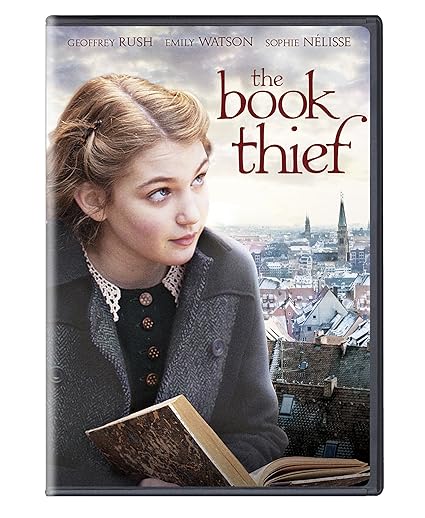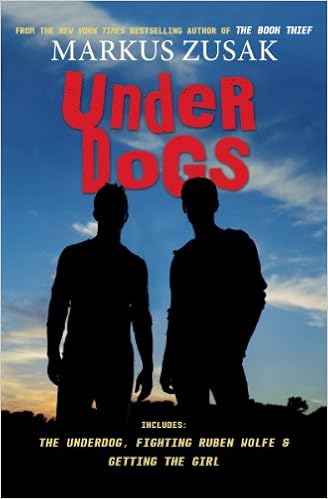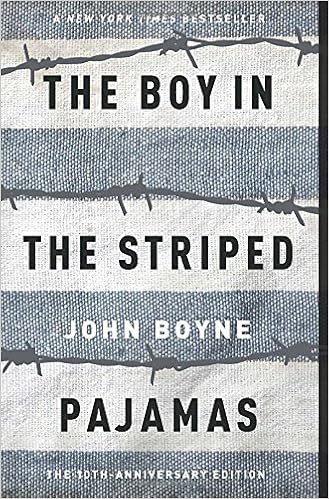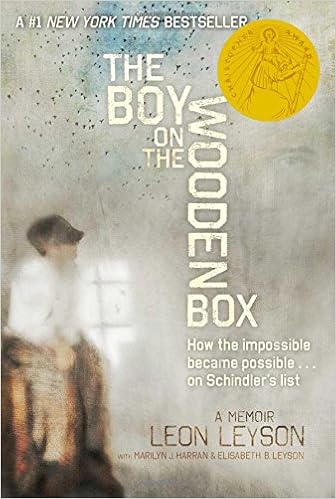
Zusak, Markus. The Book Thief. 2005. New York: Alfred A. Knopf. ISBN 9780375842207
Plot Summary
Liesel is alone in the world after her brother dies and her mom drops her off for a foster family to take care of. Her new foster home is on Himmel Street in the midst of World War II. It may seem like the story of any other poor child, but this story is different. It is narrated by Death itself. With his unique perspective on events, Death tells us the tale of the book thief, one of the humans that haunts him. He shows how one girl's love of literature connects her to others, from the rich mayor's wife on in the mansion on the hill, to the poor boy down the street, to the Jew hiding in her basement.The way their lives interweave are put to a satisfying, if sobering, conclusion.
Critical Analysis
The narrator of this book, Death, is reliable and factual. He has no need for sentimentality or suspense. He tells his tale in a non-linear fashion, jumping from the present, to the future, to the past, without difficulty, like a child playing hopscotch. Reading this book is almost like putting together a puzzle--you have the big picture, and each piece is put in, but not necessarily in a straight line. But in the end, all the pieces connect to create a more beautiful picture than you first expected.
The characters are highly sympathetic and naturally flawed. From Papa with the silver eyes to Max with the feather (or stick) hair, Zusak is very visual in his descriptions. He also litters German words here and there (though many of them are swear words!) that help to establish authenticity and a reminder of the setting.
The themes of family, love, and mortality are all woven throughout this dark, warm tale. The reader will feel Liesel's struggle as she worries that Max will not wake up, or what will happen to Papa when he is sent away. As Liesel grows into a young woman, she has to deal with the regular pains of growing up in addition to navigating being poor and living in Nazi Germany. But she turns out to be very resilient, continuing life, when there is no other choice.
Professional Praise
From School Library Journal: "Zusak has created a work that deserves the attention of sophisticated teen and adult readers."
From Bookmarks Magazine: "The Book Thief will appeal both to sophisticated teens and adults with its engaging characters and heartbreaking story."
2006: National Jewish Book Award for Children's and Young Adult Literature
2007: Michael L. Printz Honor Book
2006: School Library Journal Best Book of the Year
Connections
If you liked the book, try watching the film!

Other books by Markus Zusak include:
I Am the Messenger (2006) ISBN 978-0375836671

Underdogs (2013) ISBN 978-0545542593

Or check out these books about kids during World War II:
The Boy in the Striped Pajamas, by John Boyne. (2007). ISBN 978-0385751537

Number the Stars, by Lois Lowry (2011--reissued) ISBN 978-0547577098

The Boy on the Wooden Box, by Leon Leyson (2015) ISBN 978-1442497825




























